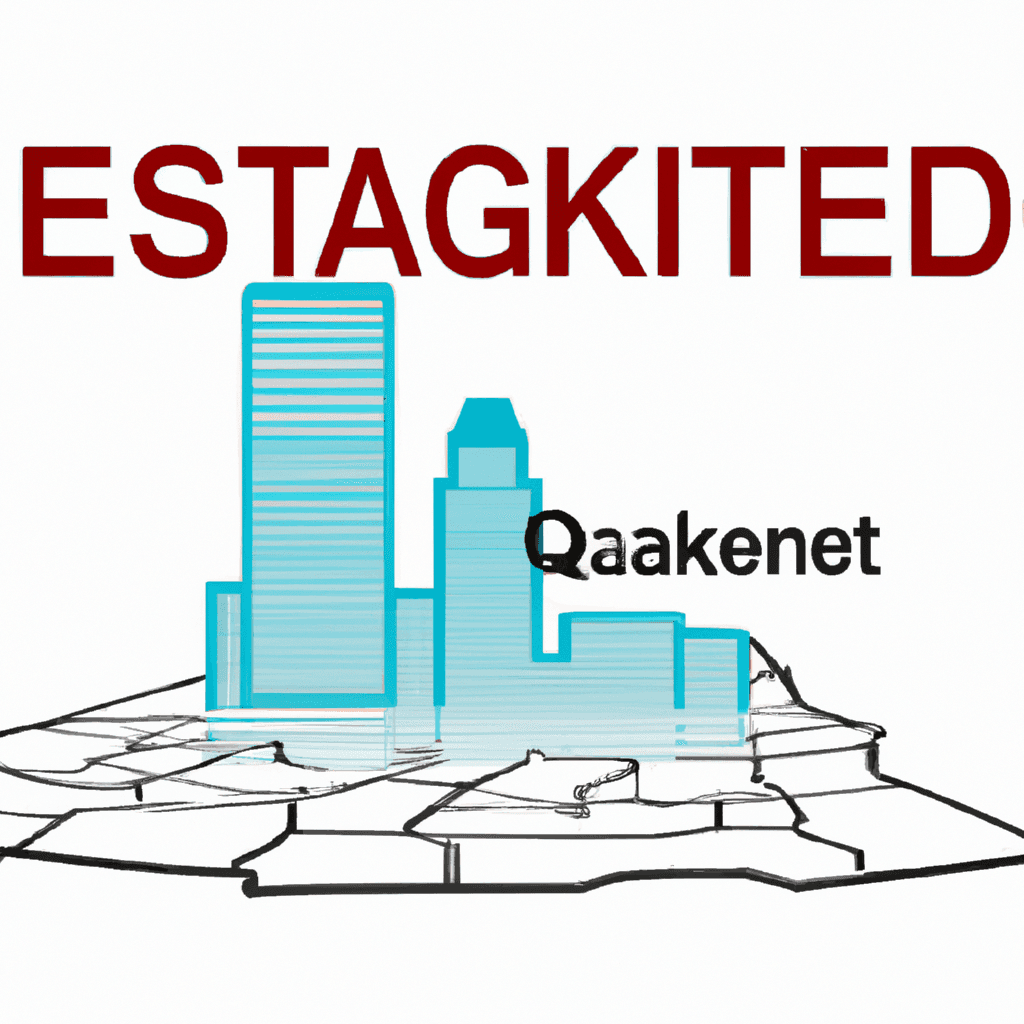Understanding Earthquakes in Boston: What You Need to Know
A Closer Look at Boston's Seismic Activity and Preparedness

Understanding Earthquakes in Boston: What You Need to Know
While Boston is not as seismically active as other parts of the United States, such as California, the region is not entirely immune to earthquakes. In this blog post, we will explore the seismic history of Boston, what residents should know about potential earthquakes, and how to prepare for such events.
1. Seismic History of Boston
Boston has experienced minor earthquakes in the past, with the most significant ones being of low magnitude. The largest recorded earthquake was a 6.1 magnitude quake that struck in 1755. This event is an essential reminder that Boston, while generally safe from large seismic events, can still experience tremors.
2. Understanding Earthquake Magnitudes
Earthquakes are measured using the Richter scale, which quantifies the amount of energy released. Magnitudes 3.0 to 4.9 are generally classified as minor and often go unnoticed, while magnitudes of 5.0 and above can cause damage depending on the depth and proximity to populated areas.
3. Preparedness Tips for Bostonians
Even though the risk is relatively low, it is wise for residents to be prepared. Here are some tips:
- Create an Emergency Plan: Discuss with your family what to do during an earthquake. Designate safe spots in your home, such as under sturdy furniture.
- Assemble an Emergency Kit: Include essentials such as water, non-perishable food, a flashlight, batteries, and a first-aid kit.
- Stay Informed: Keep up-to-date with local seismic activity and follow guidance from local authorities.
4. Conclusion
While the likelihood of experiencing a significant earthquake in Boston is low, it is essential to remain informed and prepared. By understanding the basics of seismic activity and taking preventative measures, residents can ensure their safety and that of their loved ones in the event of an earthquake.
Stay safe!